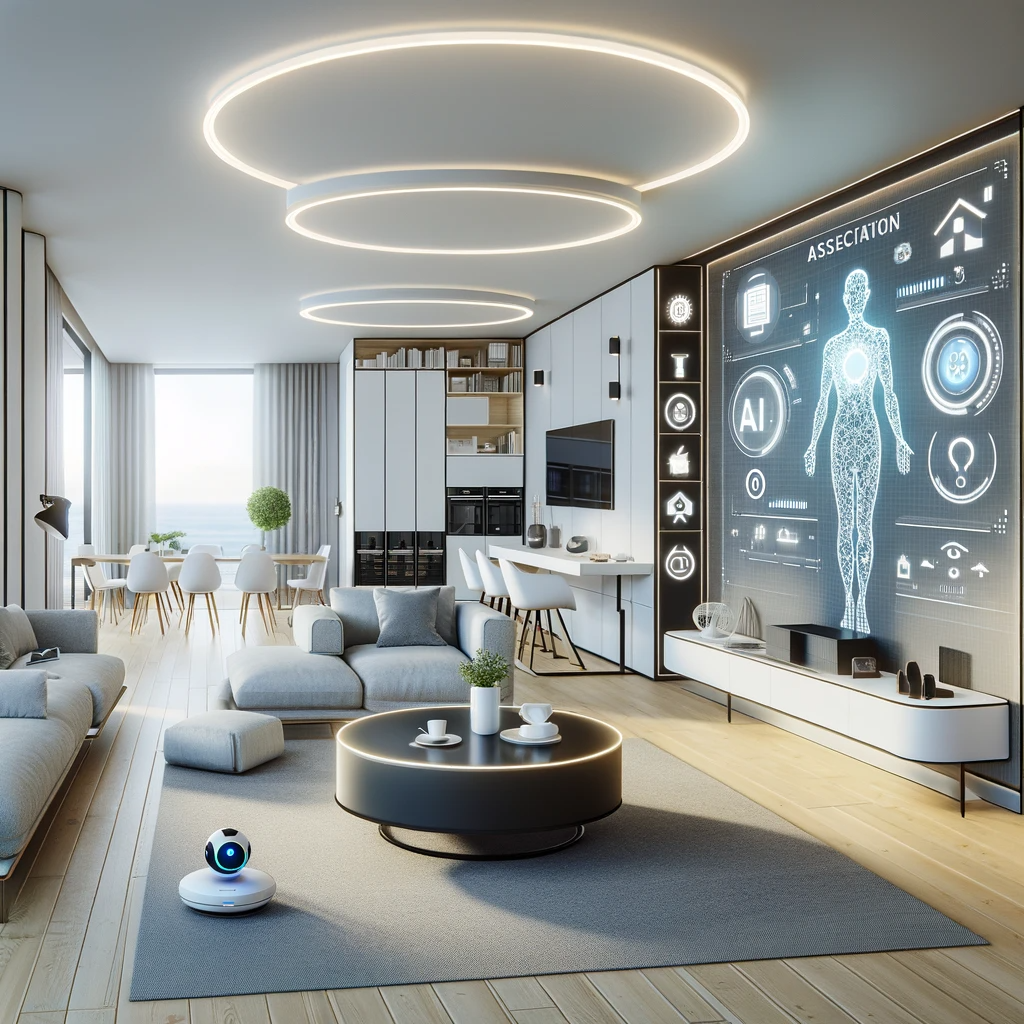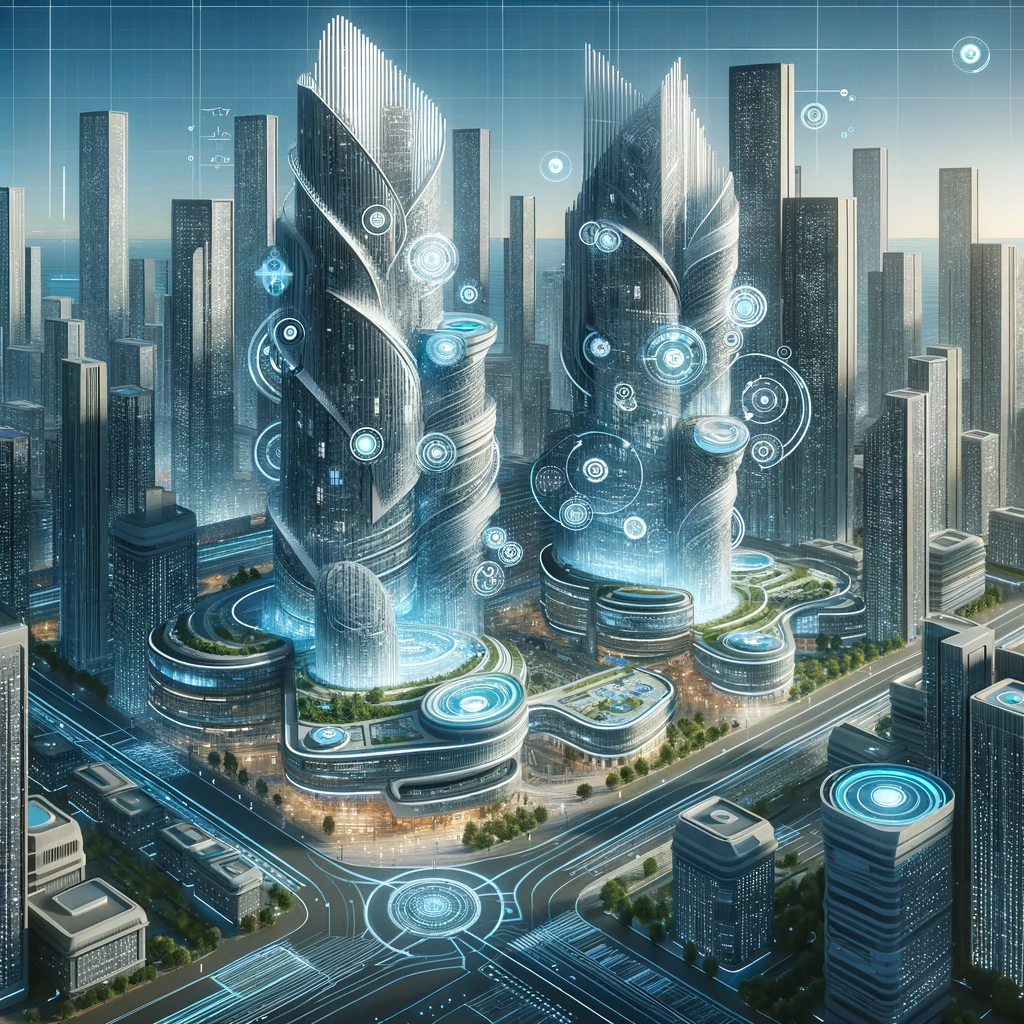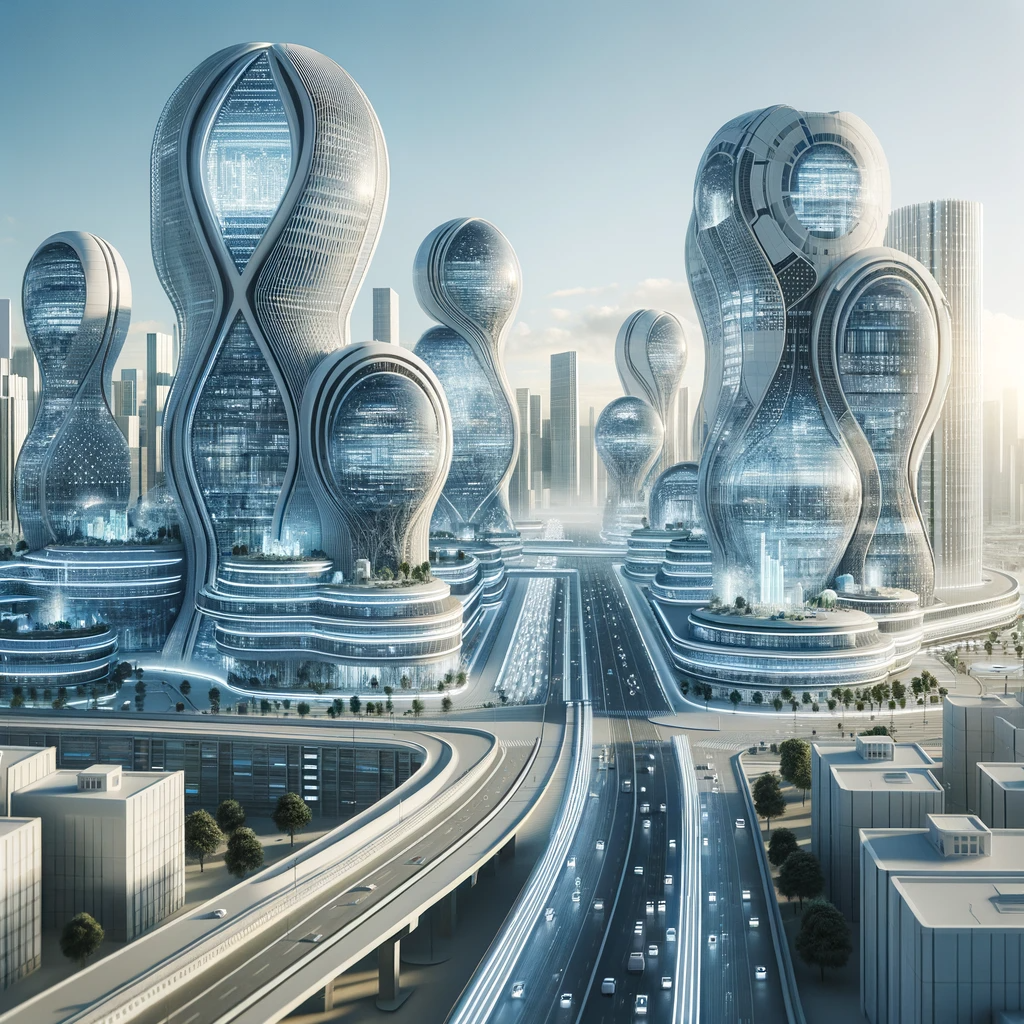In the ever-evolving landscape of technology, artificial intelligence (AI) has emerged as a transformative force, reshaping industries, and redefining the boundaries of what’s possible. While AI’s influence spans from healthcare to finance, one of its most captivating frontiers lies within the realms of architecture and design. In an age where creativity and innovation are fundamental to addressing the challenges of the modern world, AI is emerging as a dynamic partner to architects and designers, pushing the boundaries of imagination, efficiency, and sustainability.
The integration of AI into architecture and design isn’t a mere fad but a profound shift that has the potential to revolutionize the way we conceive, plan, and construct the spaces we inhabit. From conceptualization to construction, AI is playing an increasingly pivotal role in shaping the aesthetics, functionality, and environmental impact of our built environment. This article embarks on a journey into the fascinating world where artificial intelligence and artistic vision collide, revealing the ways in which AI is influencing modern architecture and design. We’ll explore how AI-driven algorithms generate innovative designs, optimize construction techniques, and enhance the user experience, all while delving into the challenges and ethical considerations that accompany this technological revolution.
As we navigate this intersection of creativity and computational power, it becomes evident that the influence of AI extends beyond mere efficiency; it touches the very essence of what it means to imagine, create, and build in the 21st century. So, let’s embark on this journey through the virtual blueprints and intelligent innovations that are reshaping our cities, homes, and the very essence of design itself.
The Rise of AI in Architecture
Artificial intelligence has ushered in a new era in architecture, where the conceptualization and design phases are significantly enhanced by computational power and data-driven insights.
AI in Design Conceptualization
Traditionally, architects would start with a blank canvas, brainstorming ideas based on their experience and intuition. Today, AI is changing this paradigm. AI-powered algorithms analyze vast datasets of architectural designs, historical trends, and user preferences. With this data-driven approach, AI generates design concepts and ideas that architects can use as a foundation for their projects. This not only accelerates the initial phases but also introduces novel design possibilities that might have been overlooked otherwise.
Generative Design Tools

At the heart of AI’s influence on architecture is generative design. Generative design tools leverage AI algorithms to create a multitude of design iterations based on specific criteria and constraints. Architects can define parameters such as space utilization, sustainability goals, and aesthetics, and AI generates a range of design options that fulfill these criteria. This not only expedites the design process but also encourages exploration of innovative and unconventional solutions.
Architectural Visualization
AI has also transformed the way architects visualize their designs. Gone are the days of static 2D blueprints; AI can seamlessly convert these blueprints into immersive 3D models. These models provide architects and clients with a realistic, interactive representation of the proposed structure. They can explore spaces, assess lighting conditions, and even simulate how the building will evolve with time. AI-driven visualization not only aids in design validation but also makes it easier to communicate and refine design concepts.
AI-Driven Building Design
AI’s impact on architecture extends beyond conceptualization into the very fabric of building design.
Automated Building Layouts
The layout of a building is crucial, impacting functionality, aesthetics, and sustainability. AI excels in optimizing building layouts by considering a myriad of factors, including solar exposure, wind patterns, and user preferences. AI-driven algorithms can generate layouts that maximize natural light, minimize energy consumption, and create spaces that align with user needs. This level of optimization results in buildings that are not just aesthetically pleasing but also functional and environmentally conscious.
Sustainability in Design
In an era marked by a focus on sustainability, AI plays a pivotal role in ensuring that architectural designs meet environmental standards. AI algorithms can analyze and suggest eco-friendly materials, energy-efficient systems, and sustainable construction techniques. Architects can now easily incorporate solar panels, rainwater harvesting systems, and green roofs into their designs, reducing the environmental footprint of buildings. AI’s ability to evaluate and recommend sustainable solutions contributes to creating a more environmentally conscious built environment.
Cost and Time Efficiency
Efficiency is a hallmark of AI-driven building design. By optimizing material usage and construction techniques, AI can significantly reduce construction costs and timelines. AI algorithms can predict project timelines accurately, identify potential delays, and optimize resource allocation. This leads to projects that are not only cost-effective but also completed in a timely manner, reducing the financial burden on both developers and clients.
AI in Construction Techniques
The influence of AI in modern architecture and design extends to the construction phase itself, revolutionizing the way buildings are erected.
Robotic Construction
Robots are becoming a common sight on construction sites, thanks to AI. These AI-powered machines can perform a range of tasks, from bricklaying and concrete pouring to welding and 3D printing entire building structures. Robots work tirelessly, with precision and consistency, eliminating the risk of human error. Moreover, they can operate in hazardous conditions, improving overall construction safety.
Safety Enhancements
Safety is paramount in the construction industry, and AI is enhancing it in various ways. AI-driven predictive analytics analyze data from construction sites to identify potential safety hazards. It can predict accidents before they occur by monitoring worker behavior and identifying risky patterns. This proactive approach to safety not only protects workers but also saves construction companies from costly delays and legal issues.
Quality Control
AI’s watchful eye extends to quality control during construction. AI-powered systems use cameras and sensors to inspect work in progress. They can detect defects, deviations from design plans, and structural issues in real-time. This means that problems can be identified and addressed immediately, ensuring that buildings meet the highest standards of quality and safety.
In these ways, AI is becoming an indispensable partner in the construction phase of architectural projects. It’s not just about automation; it’s about elevating the standards of construction by leveraging AI’s precision, efficiency, and safety enhancements.
AI in Interior Design and User Experience
Personalized Interior Design: AI is transforming interior design by creating personalized spaces. AI algorithms analyze user preferences and lifestyle data to generate interior design suggestions. From color schemes and furniture layouts to lighting preferences, AI ensures that interior spaces align with individual tastes.
Smart Homes and IoT: The integration of AI with the Internet of Things (IoT) has led to the rise of smart homes. AI-powered systems connect various devices and sensors, enabling users to control lighting, temperature, security, and entertainment systems remotely. This enhances user comfort, security, and energy efficiency, ultimately improving the quality of life.
Virtual Reality (VR) and Augmented Reality (AR): Architects and designers are leveraging AI-powered VR and AR technologies to transform the way they present their ideas. Clients can now immerse themselves in virtual walkthroughs of architectural designs, experiencing spaces before they are built. AR overlays digital information onto the physical world, aiding architects in real-time design adjustments.
Challenges and Ethical Considerations
Data Privacy: AI’s reliance on data raises concerns about privacy. Collecting and using user data for design purposes may infringe on privacy rights. Architects and designers must navigate the delicate balance between utilizing data for better design and safeguarding individuals’ personal information.
Job Displacement: While AI enhances efficiency, there are concerns about job displacement within the architecture and design industry. As AI takes over routine tasks, the roles of architects and designers may evolve, emphasizing creativity, problem-solving, and collaboration over manual work.
Design Biases: AI algorithms are not immune to biases. Biases in training data can inadvertently influence design choices. Architects and designers must be vigilant in recognizing and addressing biases to ensure that designs are inclusive and equitable.
Case Studies and Success Stories
Example 1: The Shard, London – Renowned architect Renzo Piano utilized AI in the design of The Shard, London’s iconic skyscraper. AI algorithms optimized the building’s shape to minimize wind resistance and maximize natural light, making it an energy-efficient marvel.
Example 2: IBM Watson IoT Headquarters – IBM’s Watson IoT headquarters in Germany showcases the fusion of AI and design. The building incorporates AI-driven climate control, lighting, and space utilization, creating an office environment that adapts to employees’ needs in real-time.

Future Prospects and Conclusion
AI’s Continued Influence: The future promises further integration of AI in architecture and design. As AI technologies advance, architects and designers will have access to even more sophisticated tools for creativity, efficiency, and sustainability.
AI is not merely influencing but revolutionizing the architecture and design industry. It empowers professionals to create innovative, sustainable, and user-centric solutions that shape our built environment.
The synergy between AI and architecture is redefining the boundaries of human creativity. As we stand at the intersection of technology and design, it is evident that AI’s influence is not a passing trend but a fundamental transformation of how we imagine, plan, and construct the spaces we inhabit.
